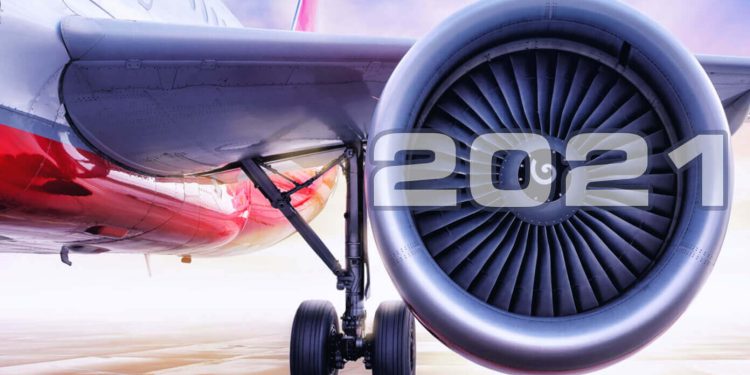The airline business is inherently challenging. But the Covid-19 outbreak sent the entire industry into a tailspin. With many airlines forced to suspend or close operations due to the crisis, the industry suffered huge losses. Now, as the industry tries to get back on its feet after the pandemic, it is looking for ways to make travel better and, most importantly, safer for the customers. To reimagine their offerings and operations, here are some trends and technologies this industry is expected to adopt in the times to come.
Cleaning bots equipped with UV-C
Sanitization has become more important than ever after the coronavirus outbreak. The travel industry is looking to leverage the power of ultraviolet C (UV-C) on the frontline to prevent the spread of Covid-19 infection. UV-C works by damaging the virus’s DNA and RNA, causing it to stop replicating and die. For this purpose, Pittsburg International Airport has already partnered up with the local startup Carnegie Robotics to test out autonomous cleaning robots.
Selfies instead of a passport and boarding pass
Touchless technologies like thermal sensing and face recognition are being used at airports for a seamless, hygienic customer experience. New, low-cost solutions are being established using AI and biometrics to help management overcome the challenges of the post-pandemic world. Biometrics will take center stage as the airlines try to improve passenger safety and convenience. There will soon be a consent-based biometric enrolment program to match passengers’ identities through a selfie or a photo within the passport. Once enrolled, passengers no longer need to show their passport or boarding pass at the airport. Star Alliance member airlines will be the first to use this service in Europe.
Contactless health screening at the airports
There will soon be walk-through thermal-screening cameras, which work by detecting heat emanating from the human body. After estimating the core temperature, they can detect people with fevers who might be infected with COVID-19. Another device, called Symptom Sense, is in the testing phase, which works like the metal-detector gate. As the passengers walk through the gate, it will detect the passengers’ temperature, heart rate, blood-oxygen levels, and respiration rates.
Electronic Bag Tags
As the industry is scrambling for ways to adjust to the “new normal,” the experts are trying to remove the bottlenecks of airport check-in and bag-drop processes. The introduction of Electronic Bag Tags (EBT) will resolve these issues by moving passenger check-in fully off the airport. EBT’s are contactless and reduce the need for check-in staff by 50-90%, creating cost-saving opportunities for airlines.
Mobile apps will gain more prominence
Mobile devices will become even more important for a safer flying experience. Several airlines are working on an industry-wide contact-tracing project that relies on a third-party app to collect data on passengers before they fly. Apps are being developed, like the Safe Distance app, to help passengers practice social distancing and help airports gather information about how people gather in lines.
Amidst all the bad news, covid-19 has given the airline industry an opportunity to view existing procedures and practices from a new perspective and create a more resilient and passenger-friendly industry. With these trends and technologies, the industry will be able to reap the rewards – economic and otherwise – for years to come.








